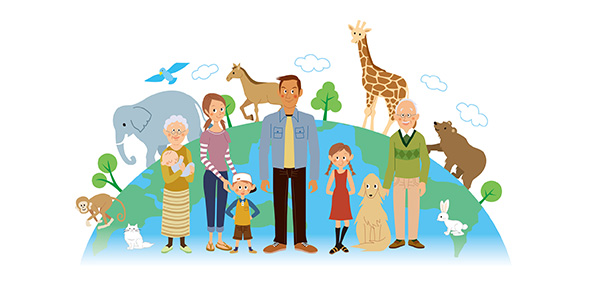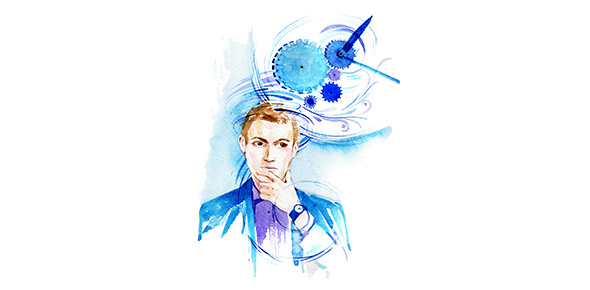Related Flashcards
Related Topics
Cards In This Set
| Front | Back |
|
Article: Land of the Walking MarriageAuthors: Lu Yuan and Sam Mitchell
|
Article about the Mosuo – example of matrilineal society.
Matrilineal descent; Female-headed
households (lineage traced through women in family); No formal marital unions (sisi = “walking back and forth”) – men
go and visit girlfriends in their house, go back to mother’s house at the end
of the day, all the work they have to do is centered around mother’s house;
Informal unions based on love, no dowry; Children raised by mother and her
brothers; No social or economic obligations between father and childrenMosuo Matrilineal
FamiliesMen come and visit
girlfriends, children produced from that stay in mother’s house, children
produced stay in their mother/grandmother’s house
|
|
Advantages
of “Walking Marriage”
|
All siblings
(brothers and sisters) contribute to the welfare of the household.
No potential
conflicts between mother-in-law and daughter-in-law – problematic relationship,
danger in this relationship in US and other places like that.
Women don’t stay with
husbands
|
|
Mosuo - Unusual
Marital Customs in ChinaIs this an advantage
or disadvantage?
|
Cultural Revolution: “walking
marriage” banned (“living fossils” must be modernized, need to change cultural
ways).
Today: exotic culture
as tourist attraction – capitalize on custom a little bit.
|
|
Examples
of Same-Sex Marriage (historically in anthropology, societies with
institutionalized same sex marriage)
|
Native American Berdaches (men who take on female social
roles).
Nandi of Kenya (women
marry women to perpetuate matrilineal descent group) – a lot like case in
textbook, women can be socially men.
Azande of
pre-colonial Africa (men who can’t afford wives marry other men).
Point - Evidence that same sex marriages do
occur in human societies . . . but statistically rare.
Examples are not
exactly the same as in US, somewhat problematic to look at these as same sex
marriage
|
|
Article: Gay and Lesbian MarriageAuthors: Wood and Lewin
|
Debate
(anthropological perspectives) on whether USA should permit forms of marriage
other than “one man and one woman”.
Wood – arguing
against same sex marriage, Lewin - arguing for same sex marriage
|
|
Wood on Gay Marriage
|
Institutionalized
homosexuality always has negative consequences.
Males secretive and
exclusive; women devalued and marginalized (Etoro tribe as evidence though weak argument because the Etoro tribe is so small that its customs cannot be compared to a large nation).
Societies where
homosexuality is the norm have low birth rates. (i.e. Japan, Italy, Russia have
very low birth rates, does that mean that homosexuality is very prevalent in
these societies?)
Sanctioning
homosexuality leads to pedophilia - societies where
homosexuality is institutionalized generally take form of adolescent boys with
older men – slippage in argument between pedophilia and homosexual marriage
Point – boys beware
(anti-homosexual video on YouTube), culturally specific fear of pedophilia,
strange old men
Demystifying
procreation - making it just another event that may or may not require
heterosexual married partners leads to low procreation and bad partner
relationships?
Point - sex within marriage is
demystified – don’t just use sex for procreation
|
|
Lewin on Gay Marriage
|
Permitting gay
couples to marry is not just about attaining rights associated with marriage
(e.g., pension rights, survivor benefits).
Marriage provides
social legitimization for long-term and committed relationship.
Social legitimization
= less stigma = less psychological burden of engaging in alternative lifestyle
(better for reduction of hate crimes)
|
|
Sociocultural Ideals and Statistical NormsHow do we envision the "ideal" family and household and are we witnessing the demise of the American family?
|
No, not necessarily, even though the cultural ideal of a family and household is not the statistical norm, it is because people cycle through various household types during their lifetime (probably go through many more transitions along the way than those in the 1970s did)
1990s-today
Changing Household
arrangements
More people cohabit
More people form same
sex unions (other non-family households)
More adult children
still live with parents
More people live
alone (delayed marriage, aging, spousal deaths)
More people live as
single parents (due to divorce and out-of-wedlock childbearing)
|
|
Article: "The Refrigerator and American Ideas of "Home"Author: Maschio
|
Middle-class
refrigerator as “ritual space” – typical middle class American family
refrigerator
Place where objects
acquire special qualities and convey special meanings.
General observations
of refrigerators
Household with kids,
rather chaotic, family history and familial affection - often a place where relationships are on display, key
events in family history end up on refrigerator, what you put on refrigerator
is intentional (high traffic area in home)
Creating Domesticity
Displaying values of
what the home should be (refrigerator magnets display the values of the home –
religious, political association)
Refrigerator as
family command and control center (organizing the domestic routine) (i.e. coupons,
calendar, shopping list, tickets, emergency numbers)
Site where the
following occur: Recycling of family history, outlining degrees of familial
affection, diagramming familial intimacy or distanceSetting emotional and
moral tone of the household.
|
|
Article: "The Refrigerator and American Ideas of "Home"Author: MaschioPoint of Article
|
The refrigerator in a
middle-class American home functions as:
A place where family
history and familial affection are on display (don’t put any old photo on
refrigerator, put ones with meaning, put pictures of important people on
display).
A place where the
family’s domestic and moral values are displayed and reinforced (i.e.
refrigerator magnets show political, religious affliation, places you have
traveled.
A command and control
center for organizing the family’s domestic routine (calendar).
Anthropological look
at a typical asset in a family’s home – has more to do than just store food
|







